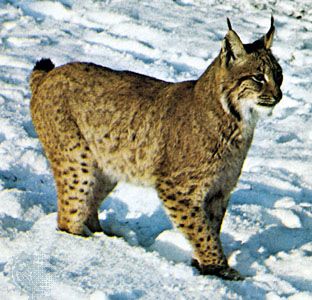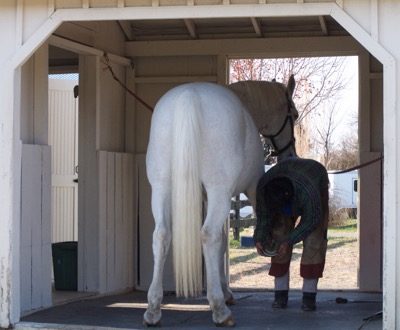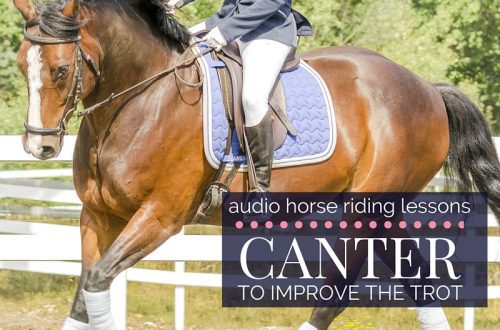
Lynx in pictures
What is the correct trot? You have already seen a photo selection of a quality gallop, so today we share a series of pictures big prize and young horses at the trot. Dr. Hilary Clayton talks about the trot, passage and piaffe:
“Both the lynx and the passage have “air” phase, this phase is absent in the piaffe. I tend to use the word “aerial” rather than the “hanging” phase because when you say “hanging” people think of one front leg suspended in the air, not all four off the ground… the piaffe is “diagonally” similar to a trot, but in terms of the mechanics of movement it is a step away.”
“Everyone can see if a horse is not walking cleanly, and everyone can see if a horse is moving in a four-beat canter, but see that the horse trots absolutely diagonally, is a more difficult task. However, this is something that is really worth paying attention to, ”Suzanne Mizner.
Rembrandt and Nicole Uphoff in Stockholm in 1990
Matador и Kira Kirkland also in Stockholm in 1990
Claus Balkenhol and Goldstern in Aachen in 1991
In addition, the trot is the gait that can be influenced and improved the most with the right work. In most cases, the trot is completely “rebuilt” in a young horse somewhere between four and ten years old: the balance improves, it becomes higher and more rhythmic, which is reflected in the quality of the ride.
Isabelle Werth and Gigalo in Sydney in 2000
colorful i Nadine Kapelmann
Blue Hors Cavan Andreas Helgstrand in Las Vegas in 2005
Again Andreas, but with Don Schufro in Aachen in 2004
Daniel Bachman Andersen on Don Olymbrio, son of Don Schufro, in Aachen in 2017
Carl Hester and Utopia. “Air” phase
“The first thing I look for when I buy a horse is its movement, not its pedigree. Beautiful parents don’t always produce beautiful children. I’m not looking for the brightest gaits, but I look for the ability to learn and ease of handling. How are you going to keep the big, bright movement going in the Big Prix? You need light movement. Such a horse has the first thing from the training scale – rhythm” — Carl Hester.
Here are some photos and comments about the trot from a Dutch trainer Johan Hamming – you can see the hang phase that Dr. Clayton is talking about:
“The back leg moves towards the front, which absolutely right – the horse “walks” with the rider, and the rider sits in such a way that the horse is also comfortable. Rhythm is a test of tension“.
“This is a good moment, the horse is relaxed on the top line, soft on both reins, the neck drops from relaxation, the mouth is closed, contact with the reins, a lot of foam … in my opinion, this is a very good position for training, but a little behind the vertical. Here you can see that the inside hind leg is under the horse, and there is a upward trend, the mare is running in the right direction, but the nose should be a little more forward. As the horse goes forward, brings the hind leg in more, and the neck drops down due to relaxation, then it doesn’t matter if the nose is slightly off the vertical, as long as there is no tension from the rider. Pulling is always bad“.
Enough discussion. Just look at a quality collected lynx.
And, of course, in the end Isabelle Werth, this time with El Santo
Source





